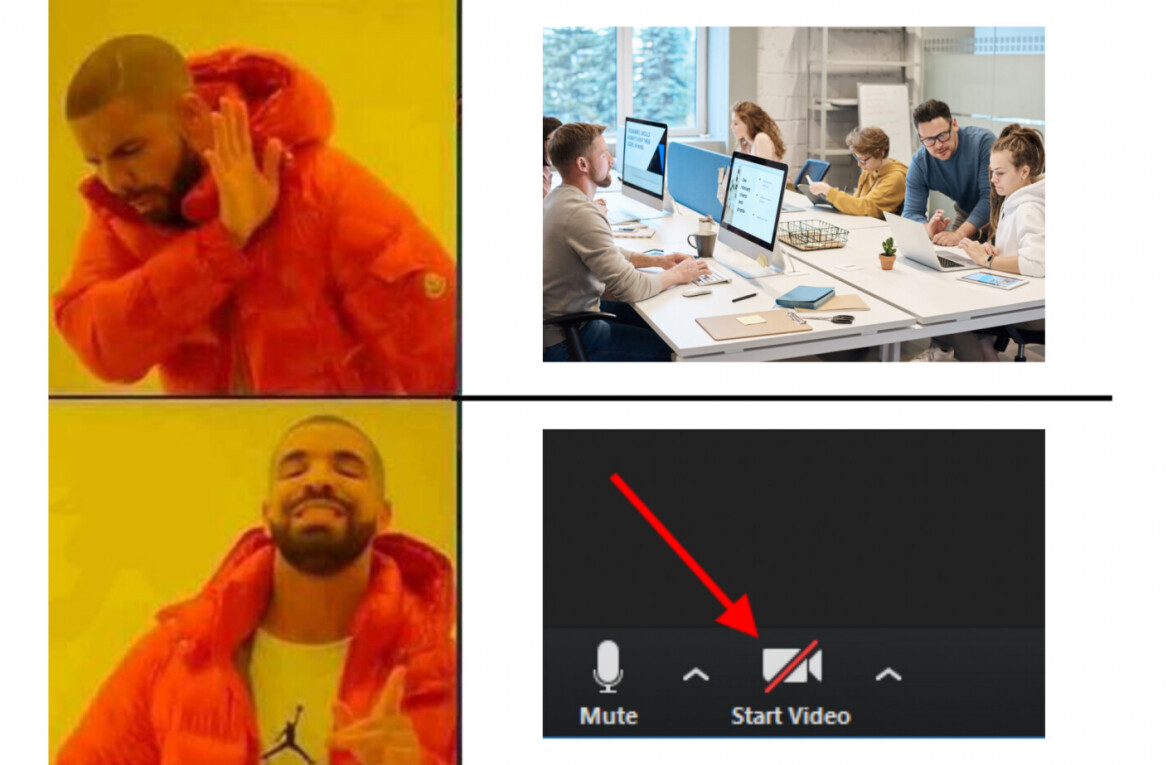
Most, if not all of us, have gone searching for stock photography to use in our projects at least once in our career. Some of us even do it on a daily basis. Stock photography has allowed us to license and use images for our design and marketing needs without costly and time consuming photoshoots.
With the need of stock photography for a wide variety of reasons ranging from designers who need an image for their work, to ad agencies creating a magazine ad, to television stations using it in their commercials, to bloggers using it for their main post image, even to individuals who are looking for stock photos to use in a personal project, stock photography has taken off and its usage is becoming more commonplace.
The stock photography market as a whole has been growing substantially and we have so many options available to us to find just the right images for any project.
How did stock photography come to be? When did stock photography start and how was it first used? Where is stock photography headed? Let’s take a look at how stock photography came to be, how it’s grown, and where we can expect stock photography to go in the future.
A brief history of stock photography
Stock photography agencies have been around since the 1920’s as an innovative way to share “outtakes” or unused images from commercial photoshoots. These leftover images were often shared for use but weren’t widely used in final pieces.
It wasn’t until about the 1980’s when the concept of stock photography really started to take hold and prosper. Advertising agencies started needing photos for their client work for a variety of reasons such as a photoshoot gone bad, lack of time or budget to do their own photoshoot, or as a way to show examples or ideas for an upcoming photoshoot.
Ad agencies would then turn to “outtake catalogues” or unused images from other commercial photoshoots in hopes of finding images they could use for their own project. This allowed for different projects to be completed without doing a custom photoshoot for each and every one (which was often quite expensive).
While ad agencies and photographers would often have their own catalogues of images, it started to become more commonplace for these catalogues to be shared with others and images purchased and paid for on a royalty basis.
During the 1980’s, more photographers started seeing stock photography as a new means of making a living and moved from one-off commissioned photoshoots to shooting images specifically to submit to stock photo catalogues.

This move was seen as a more lucrative way to earn a living because photographers could shoot the photos they wanted and be paid on royalties rather than be hired to do one shoot and be paid once for photos that will likely only be used once and end up with a lot of unused images that may or may not be able to be used in the future or as stock photography.
With the rise of the Web came stock photography websites that allowed for more ad agencies and others to look through a much larger catalogue of images (most of which were no longer considered “outtakes” but taken specifically for use as stock photos). These websites allowed for the searching of images that worked for a customer’s particular need. This made it even easier for all different types of photographers to upload their images online and be paid for them as they were purchased for use.
Stock photography today
Since the 2000’s, these stock photography websites have grown to cater to more independent and freelance photographers who shoot specifically to create stock photos and allow them to earn royalties from their images. In a way, stock photography websites were one of the first crowdsourcing efforts in that they solicited any and all photographers to upload their images to these sites.
Stock image websites have also laid the groundwork for other stock asset libraries such as stock fonts, design elements, vectors, patterns, and code. These stock asset sites follow the same methodology as stock image sites in that they crowdsource creatives to put their assets on websites and be paid a royalty based on sales.
Stock photography is used quite a bit in today’s world for a variety of reasons and in a variety of ways. Budgets and time constraints often lead designers, marketers, and advertising agencies to stock photography websites to find images that will work best for their needs. Individuals find that custom photoshoots are too expensive and opt for using stock photography for their needs.
The future of stock photography
Stock photography and the need for stock photos isn’t slowing down any. Larger, more common stock image websites have grown and notice that the more people use their images, the more common it is for people to see the same image used in different ways.
Pair this with the needs of customers wanting more variety in the stock photos they can choose from, and we start to see stock imagery in general heading more toward high quality, artistic, and unique photographs that utilize different angles, lighting, scenery, subject matter, and style.
With more variety and options in terms of the style and design aesthetic of photographs, stock photography in general is moving more and more toward hosting images that are taken by anyone and everyone in hopes to have different types of images that can be bought and used in different ways. Larger stock image sites are turning toward curating more artistic and high quality images from other photographers to offer these different kinds of high-quality, custom-looking, and natural images to their customers.
It’s also becoming more affordable to shoot quality photos, which allows more people to photograph and upload stock photography on different stock photography sites. Camera technology has come a long way and equipment is becoming more affordable that even ameture photographers can shoot high-quality images and share those images through stock image sites.
Stock photography hasn’t eliminated the need for photoshoots altogether, however. Photoshoots still take place for different needs and for different reasons. However, instead of choosing either stock photography or custom photography, both are often blended to achieve the final result.
Photoshoots today are likely being directed using current stock photography as examples or models, and it’s likely that unused images from present-day photoshoots make their way to stock images sites as well. Not to mention, in most final pieces of work, there is often a blend of custom photography and stock photography thought pieces such as magazines and print catalogues.
While the larger stock photography websites online still have a wide selection of stock photography, in recent years more smaller stock photography websites have emerged. These smaller stock sites aim to provide stock photography based around a particular style, look, subject matter, or theme.
These smaller sites have a limited catalogue of images, but they showcase images that feel more like custom, natural, and overall more artistic photos that anyone can purchase and use. Their focus is more toward filling specific needs of stock photography with high quality photos than providing images that fit every need.
With these smaller stock photography websites becoming popular, the larger players in the stock photography industry are also finding innovative ways to disrupt the stock photography industry.
For instance, Adobe offers Adobe Stock which tightly integrates with Creative Cloud to allow access to images inside of apps such as Photoshop and Illustrato. These larger players are looking at how images are used, who’s buying the images, and how the process of finding and using stock photography can be better, and in turn helping their customers use their stock imagery better.
As stock photography continue to grow, the access to and use of stock imagery will likely grow in new ways as well. Some stock photography sites have moved to a royalty-free pricing model, where you buy the image once and not have to pay royalties based on your usage. Others have moved toward providing theme sets of photographs that center around themes such as nature, office, and relaxation, all of which are routinely released. In addition, other stock photography sites try to be disruptive by providing free high-quality images.
It’s likely in the future that finding and using stock photography will become easier as well. For instance, Adobe Stock has bridged the gap in workflow from finding an image to using the image inside of piece of work without leaving their Creative Cloud apps. This gives creatives better opportunities to try out images and see if they will work before fully committing.
Conclusion
Stock photography is likely to continue on this path of providing a wide range of photos with different styles, subject matters, and angles without resorting to costly photoshoots. More high-end, creative, and unique photos are being requested more for stock photos, and that need is being filled by larger stock photo sites curating this type of imagery and by smaller stock photo websites that aim to provide unique imagery for specific needs.
With stock photography being so easily accessible and more affordable, everyone (not just designers and ad agencies) is using stock photography to get their message out there in more visual ways. Stock photography will continue to evolve and fill the needs of those who use this imagery in their work on the daily basis.
Get the TNW newsletter
Get the most important tech news in your inbox each week.






